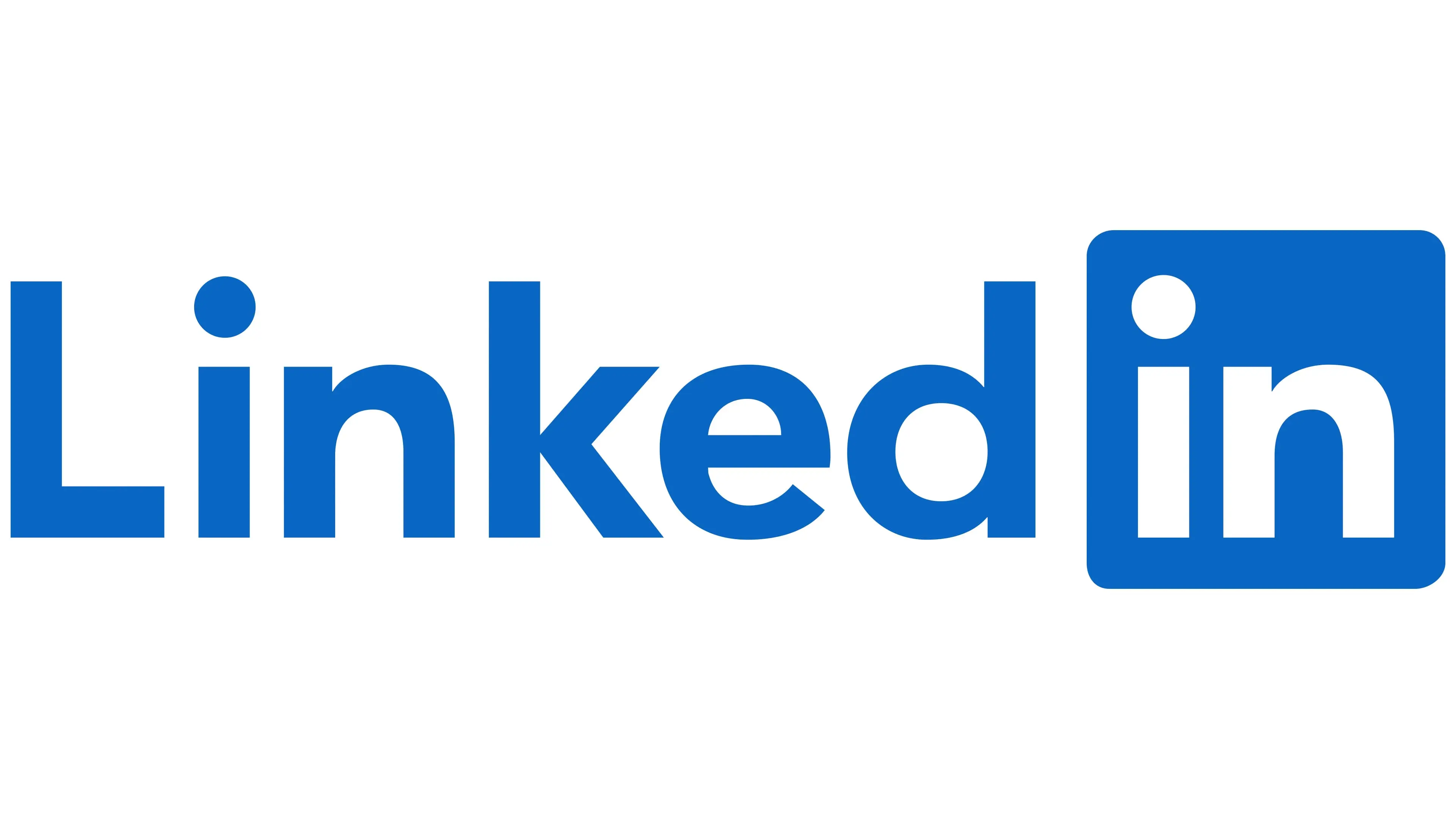
In the dynamic world of social networks, LinkedIn stands out as a unique success story. Since its inception in 2002, LinkedIn has grown from a niche networking site for professionals into a global powerhouse with over 900 million members in more than 200 countries and territories. This article explores LinkedIn's remarkable scaling journey, highlighting key strategies, milestones, and innovations that propelled its growth.
LinkedIn was founded in December 2002 by Reid Hoffman and a team of co-founders including Allen Blue, Konstantin Guericke, Eric Ly, and Jean-Luc Vaillant. The platform officially launched on May 5, 2003. Initially, growth was modest, with the site reaching 500,000 members by the end of 2003. The focus during these early years was on creating a robust platform for professional networking, which distinguished LinkedIn from other emerging social networks like Friendster and MySpace.
A critical component of LinkedIn’s early growth strategy was leveraging the network effect. By encouraging users to invite their professional contacts to join the platform, LinkedIn rapidly expanded its user base. This approach was supplemented by the introduction of features designed to enhance connectivity and engagement, such as profile creation, connection recommendations, and the ability to endorse skills and write recommendations.
LinkedIn’s monetization strategy began to take shape in 2005 with the introduction of LinkedIn Jobs, a feature allowing companies to post job listings. This was followed by the launch of premium subscription plans, offering users enhanced features such as InMail (direct messaging) and detailed profile views. These revenue streams were crucial in providing LinkedIn with the financial stability to continue its expansion.
As the platform grew, LinkedIn diversified its product offerings to cater to different segments of its user base. This included LinkedIn Talent Solutions for recruiters, LinkedIn Marketing Solutions for advertisers, and LinkedIn Sales Navigator for sales professionals. Each of these products was designed to enhance the utility of the platform for specific professional needs, thereby increasing user engagement and driving further growth.
To bolster its capabilities and expand its market reach, LinkedIn pursued a series of strategic acquisitions. Notable among these were the acquisition of SlideShare in 2012, a platform for sharing presentations, and Lynda.com in 2015, a leading online learning company. These acquisitions allowed LinkedIn to integrate new functionalities and expand its content offerings, enhancing the overall user experience.
Partnerships also played a crucial role in LinkedIn’s scaling journey. Collaborations with companies like Microsoft, which acquired LinkedIn in 2016 for $26.2 billion, opened new avenues for growth. The integration with Microsoft’s suite of products, including Office 365 and Dynamics, provided LinkedIn with access to a broader user base and enhanced its value proposition for professionals and businesses alike.
LinkedIn’s commitment to innovation has been a driving force behind its sustained growth. The platform continuously evolves to meet the changing needs of its users, incorporating advanced technologies such as artificial intelligence (AI) and machine learning. These technologies power features like personalized job recommendations, content suggestions, and the economic graph, a digital representation of the global economy.
The introduction of LinkedIn Learning, which leverages the content from Lynda.com, exemplifies LinkedIn’s focus on lifelong learning and professional development. This feature has become particularly relevant in an era where continuous skill enhancement is vital for career growth.
Recognizing the importance of global reach, LinkedIn has made significant efforts to localize its platform for different markets. This includes translating the site into multiple languages and tailoring features to meet the specific needs of users in various regions. LinkedIn's expansion into China, albeit with a localized version to comply with local regulations, exemplifies its commitment to global growth.
As LinkedIn continues to scale, it faces the challenge of maintaining its unique value proposition while innovating and adapting to the evolving digital landscape. The integration with Microsoft, coupled with a focus on AI-driven enhancements and global expansion, positions LinkedIn well for future growth. The platform's ongoing commitment to providing value for professionals, recruiters, advertisers, and sales teams will likely ensure its continued success.
In conclusion, LinkedIn’s scaling journey is a testament to the power of strategic vision, innovation, and adaptability. From a modest startup to a global leader in professional networking, LinkedIn's growth story offers valuable lessons for businesses aiming to scale and succeed in the digital age.
Pixels to Perfection Design that Impresses